Keeping students interested in physical education can be a difficult task. This is especially true in the case of larger classes, limited equipment, and a wide range of student abilities. Teaching dance in PE is a great way to address these concerns and promote a versatile and inclusive PE curriculum.
By using dance as a teaching tool, instructors can use creativity, involve more students, teach life skills, and use resources wisely. It also allows students to become fully involved in the teaching process. To expand on this, we’re giving you 7 reasons and 9 tips for teaching dance in PE.
7 Reasons to Teach Dance in PE
- Many students can feel left out or inadequate in traditional team sports and activities. Often, these activities focus on the students who are already good at sports, discouraging others. Dance offers a break from these activities and allows all these students to shine.
- Dance is an incredibly wide area of study. This means you can appeal to many backgrounds through dances, from the hula to hip hop to line dancing.
- Teaching dance in PE teaches students skills they can use at events outside the classroom, such as social events.
- Instructors can adapt dance lessons for any ability or age group. This allows a wider range of students to feel they can succeed in the activity, which encourages enthusiasm.
- Exposure to rhythm helps children understand other concepts, such as music. Encourage students to bring in their own music to promote participation.
- Teaching dance uses little equipment. Generally, all an instructor needs is a large space, something to play music, and maybe a screen to show moves visually.
- Forming dance steps easily incorporates other fitness ideas, such as calisthenics, in a fun and engaging way.
9 Tips for Teaching Dance in PE
- Student input to choose songs allows for more involvement, so encourage an open-minded approach toward music selection. Using a variety of music engages students from all kinds of backgrounds and exposes others to something different.
- Ensure there are large spaces and enough room for everyone to move around.
- Consider using steps that can be modified to be inclusive for all abilities. This will help more students feel they can participate and do well.
- On a similar note, remember that the main goal of this is to keep students moving. This means it’s better to encourage students to do their best than require them to do the steps perfectly.
- The jigsaw method is empowering for the entire class. In this strategy, the instructor organizes students into small groups and assigns each group to learn a step of the dance. When the groups have learned that step, they teach it to the rest of the class.
- Start with small steps. This makes the process seem less daunting and easier to learn.
- Video sites like YouTube and Vimeo have many examples of dances and ideas that instructors can adapt for students.
- If you have a space with a stage or a screen, you can use this visual capability to your advantage. Showing steps on a stage elevates you, so more students can see you. Additionally, using a screen allows for video use.
- Encourage students that everyone can dance, regardless of age, gender, or ability.
More Physical Education Teacher Tips & Inspiration
Teaching dance in physical education classes can benefit both teachers and students. Dance allows instructors to be creative and engage students who might not get as much out of other activities. Students also benefit from being more involved in the planning process and having flexible goals that allow them to feel achievement in these lessons.
Read More: How to Include Dance in Your Lesson Plan
Have you ever used dance in PE or your classroom? What are some of the ideas you use to keep students engaged in the process?

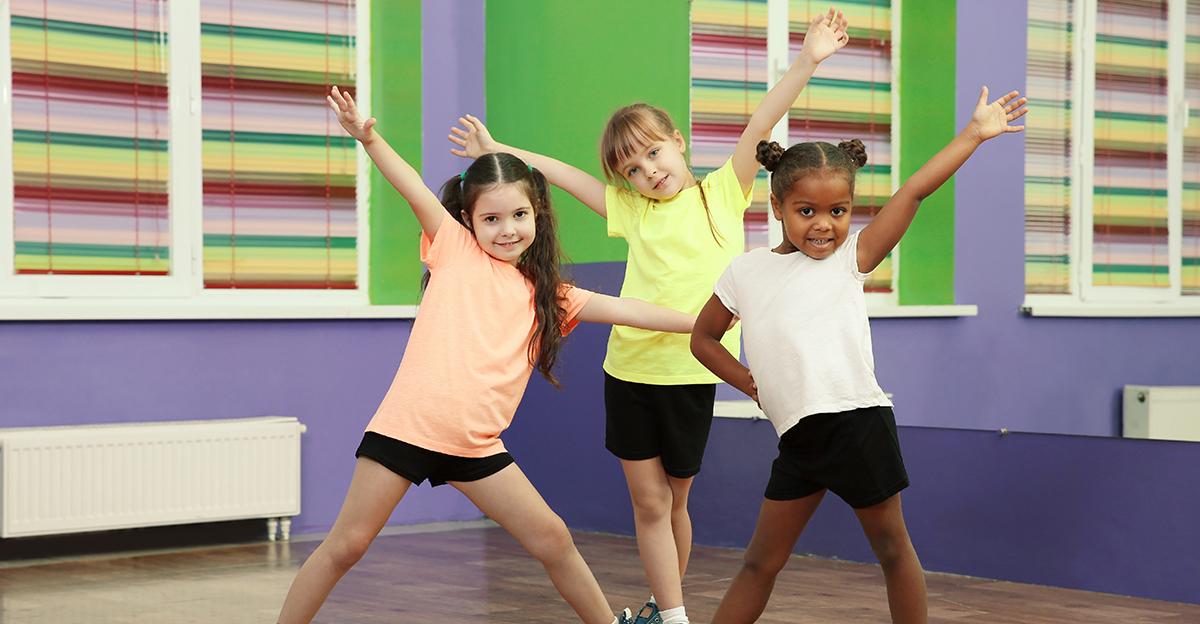
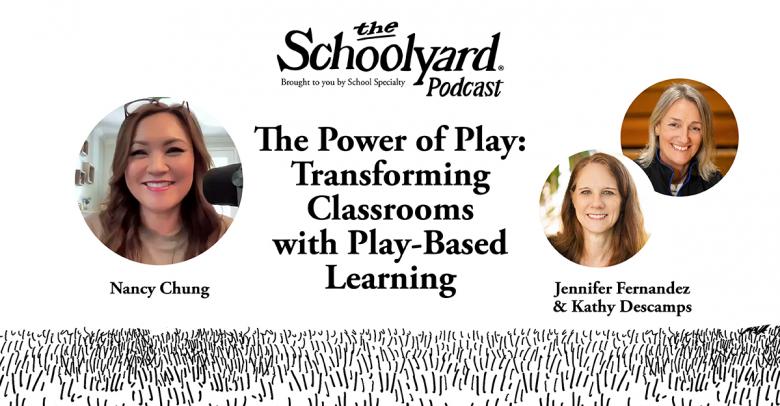
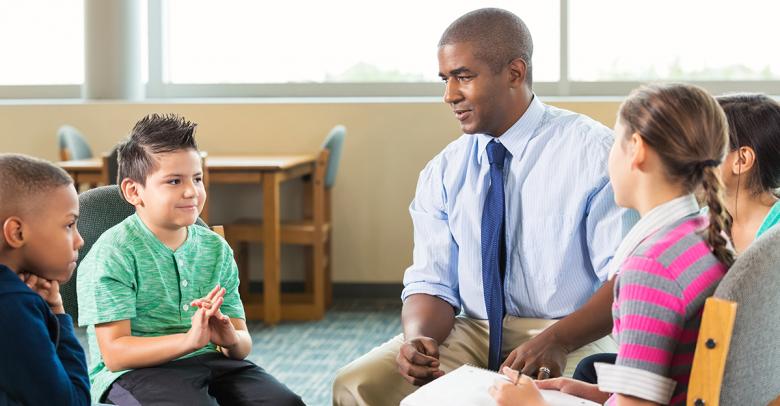
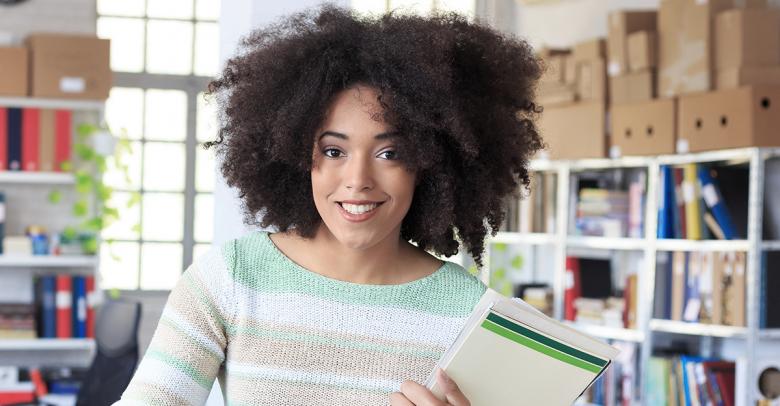
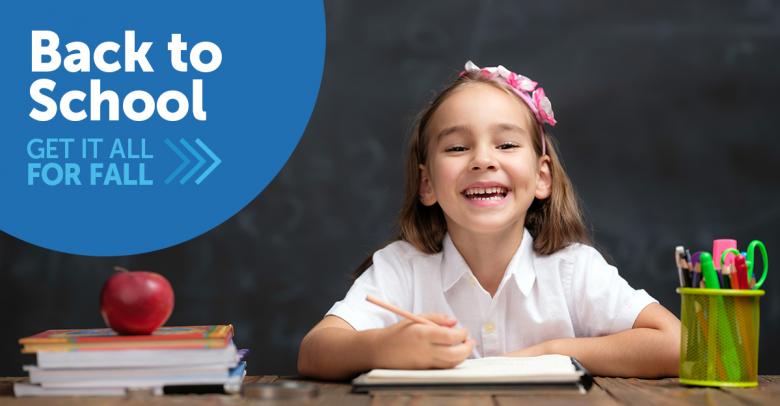
[…] School Specialty. (2018, February 18). 16 Tips for Teaching Dance in PE. https://blog.schoolspecialty.com/16-tips-teaching-dance-pe/ […]